

In 1992, Hurricane Andrew, a Category 5 storm crossed the south Florida coast and caused unprecedented damage. The storm destroyed mangroves on the spoil island of the Deering Estate leaving a deforested and eroding shoreline.
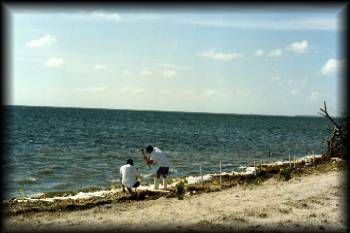 |
Miami-Dade County DERM, saw the island of the Deering Estate an opportunity for the implementation of Riley Encased Methodology (REM) in reforestation and shoreline stabilization.
The photo above shows installation of REM Encasement Devices along the eastern shoreline in 1997, which was left barren by Hurricane Andrew in 1992.
The species mix included both Red (Rhizophora mangle) and Black (Avicenna germinas) mangroves to ensure protection of the island from influence of the open waters of Biscayne Bay.
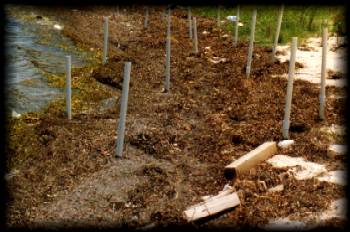 |
Wrack line was a major destructive influence and inhibiting factor preventing natural recruitment and reestablishment of mangroves along this shoreline. The photo to the right shows the collection of grasses, wood planks and consumer products that are routinely driven against the island during inclement weather events, such as tropical storms, hurricanes and cold fronts.
Following the implementation, periodic site surveys were performed to document the reforestation of mangroves and the resulting shoreline stabilization.
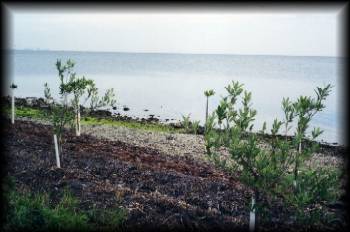 |
The photo below shows splitting of the REM Device as the cross sectional area of the developing tree expands against the interior of the encasement wall. The multi-position opening of the encasement at engineered stress points facilitates the adaptation process and is a patented feature of our proprietary REM Device design and manufacture.
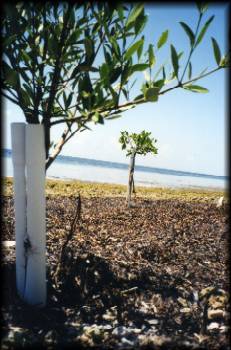 |
In the photo to the left a black mangrove is in the foreground with the root system pneumatophores extending outside the Encasement Device and above the surrounding sediment. A red mangrove is shown in the background with its prop root structure also extending outside the REM Device. In 2001, as evidenced by the photos, the seedlingss were undergoing the adaptation process that would ultimately result in mature trees independent of the REM Encasement.
When the tree completes the self-regulated adaptation process the Encasement Devicec has seperated into three longitudinal sections enabling the removal of the Device material from the site. This is an exclusive feature of our patented design that assures optimized growth and establishment of self-sustaining mangroves without leaving foreign or man-made substances in the environment.
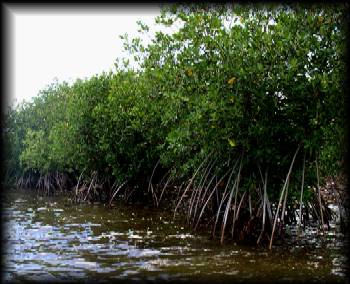 |
Subsequent to Hurricane Andrew, numerous tropical storms and hurricanes, which included Floyd 1999, Frances 2004, Jeanne 2004, Charley 2004, Ivan 2004, Dennis 2005, Wilma 2005, and Katrina 2005, all caused high wind and wave activity at the island during the period from 1997 through 2007. The inherent ability of the Encasement Device to protect seedlings from inclement events through the REM Principle of Isolation enabled successful reforestation despite the repeated storm activity. Isolation of the seedling inside the patented tubular Device ensures that juvenile plants are protected from wind, waves, wrack and debris during the early stages of development when most vulnerable to environmental influence and damage.
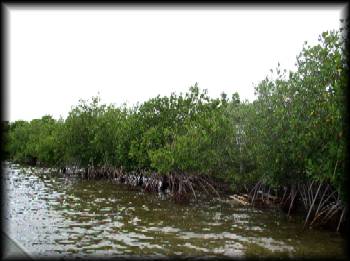 |
The success of this island stabilization project provides further empirical evidence in contraposition to the errant philosophy of only relying on natural recovery processes.
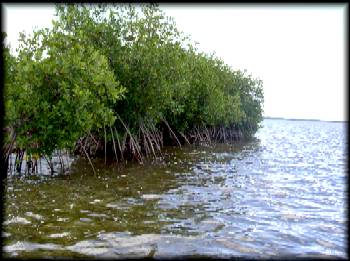 |
More Project Photos

Return to Home Page